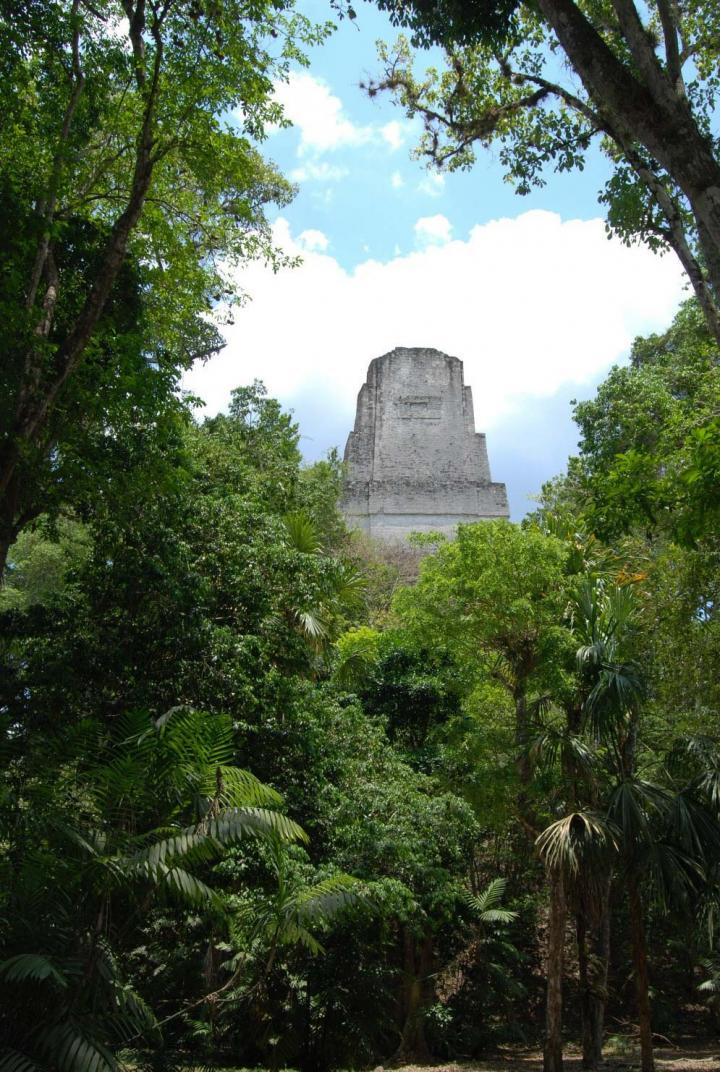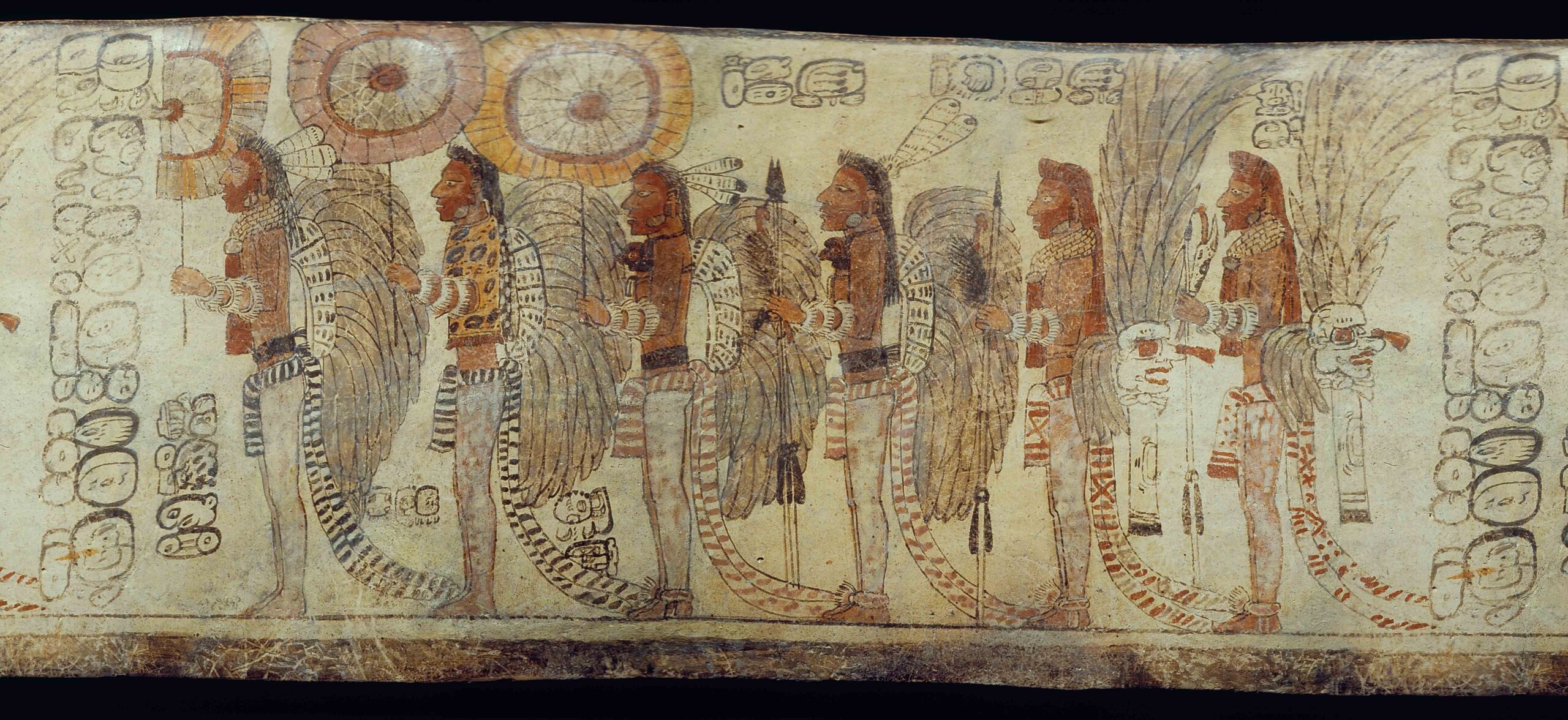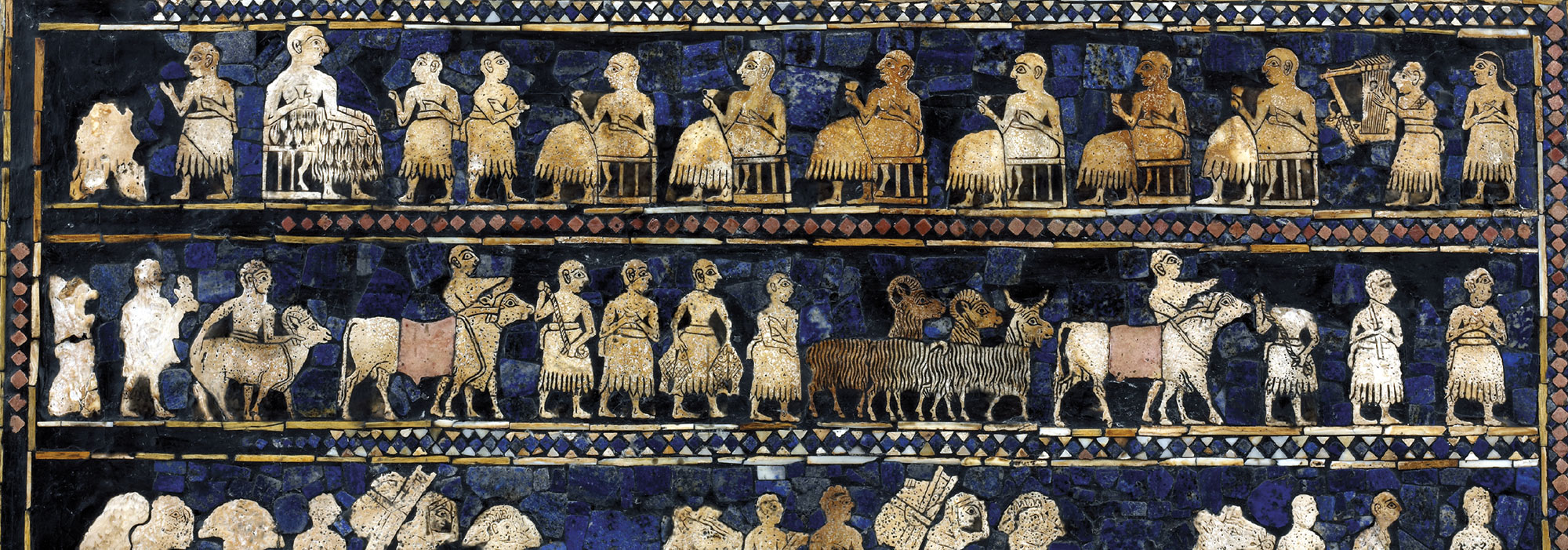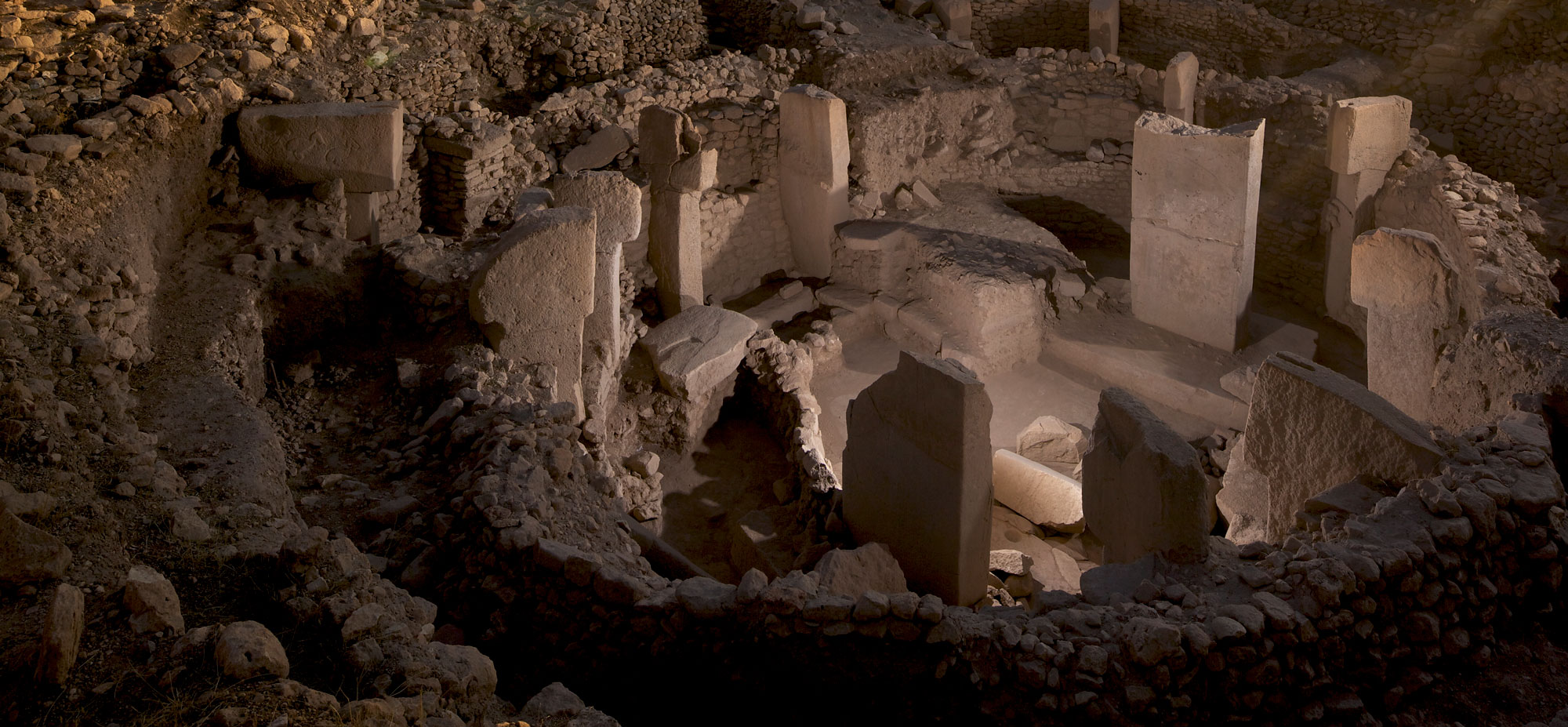
CINCINNATI, OHIO—According to a statement released by the University of Cincinnati, analysis of DNA remnants in soil samples collected from reservoirs in the Maya city of Tikal, which is located in northern Guatemala, suggests the water supply was lined with vegetation, including more than 30 species of trees, grasses, vines, and flowering plants. Paleoethnobotanist David Lentz said this area of natural beauty was situated among the city’s temples and palaces, and may have provided they city’s rulers with areas of cool relief during the heat of the five-month-long dry season. The undisturbed areas of forest would have also helped to prevent erosion and may have even produced foods and medicines. Non-native plants that grew at the reservoirs, including wild onion, fig, wild cherry, and two types of grasses, may have been introduced by visiting waterfowl, Lentz added. Team member Nicholas Dunning suggested that the grove may have even been regarded as a sacred space in the heart of the paved and plastered city, reflecting the many forest elements in ancient Maya cosmology. To read about how residents of Tikal managed their land to feed the city's immense population, go to "Mapping Maya Cornfields."










